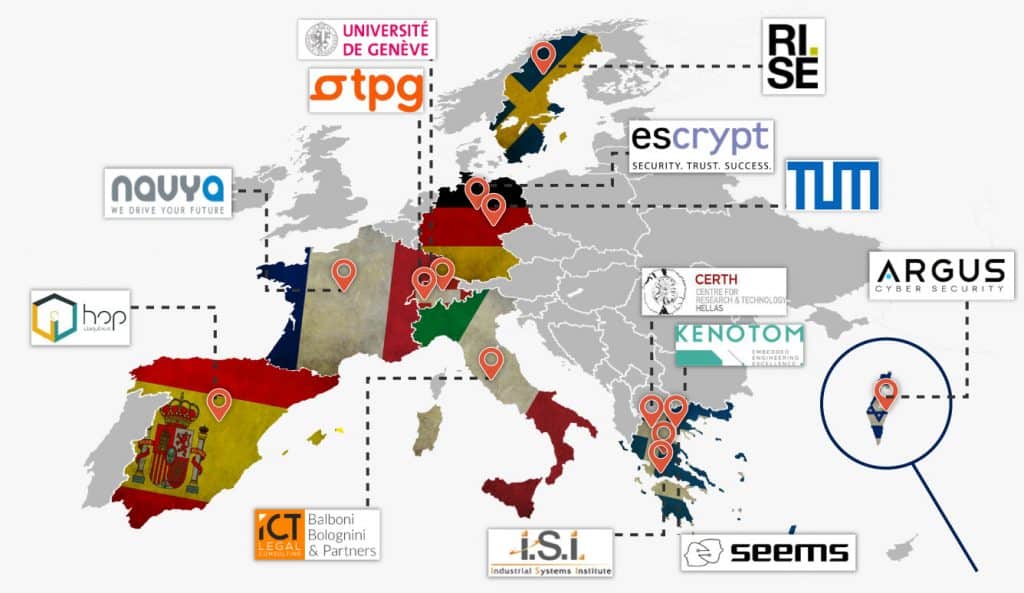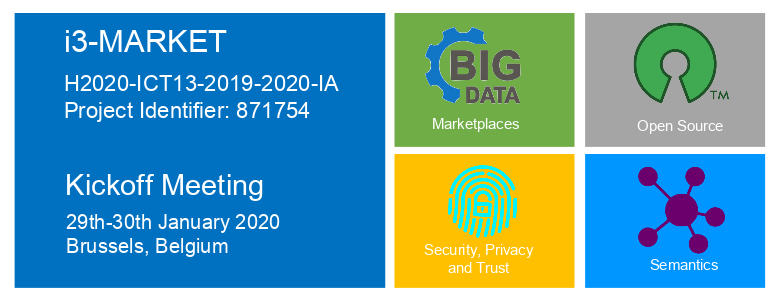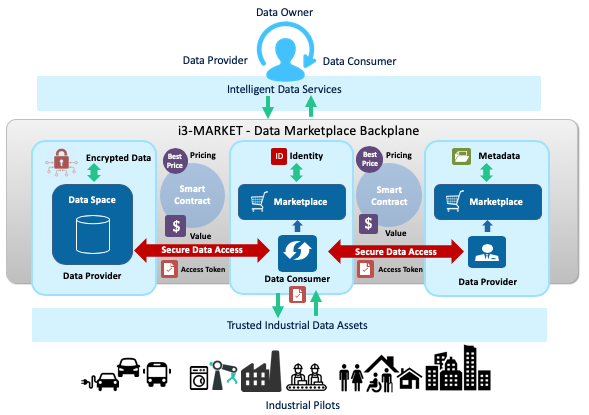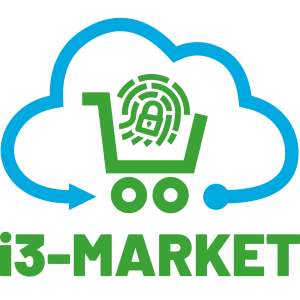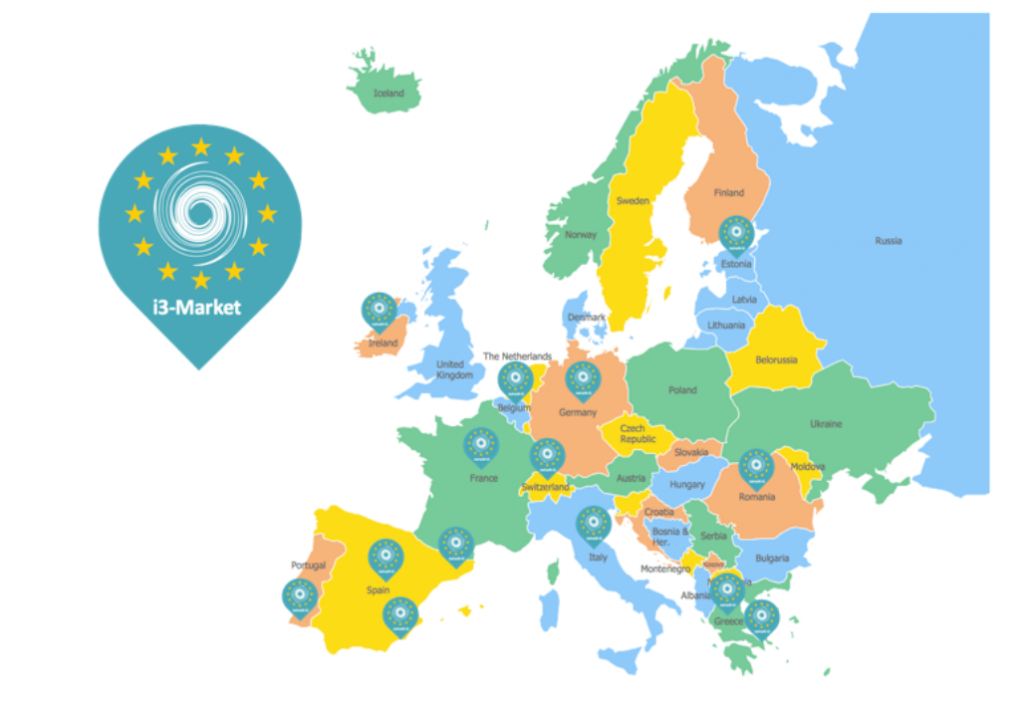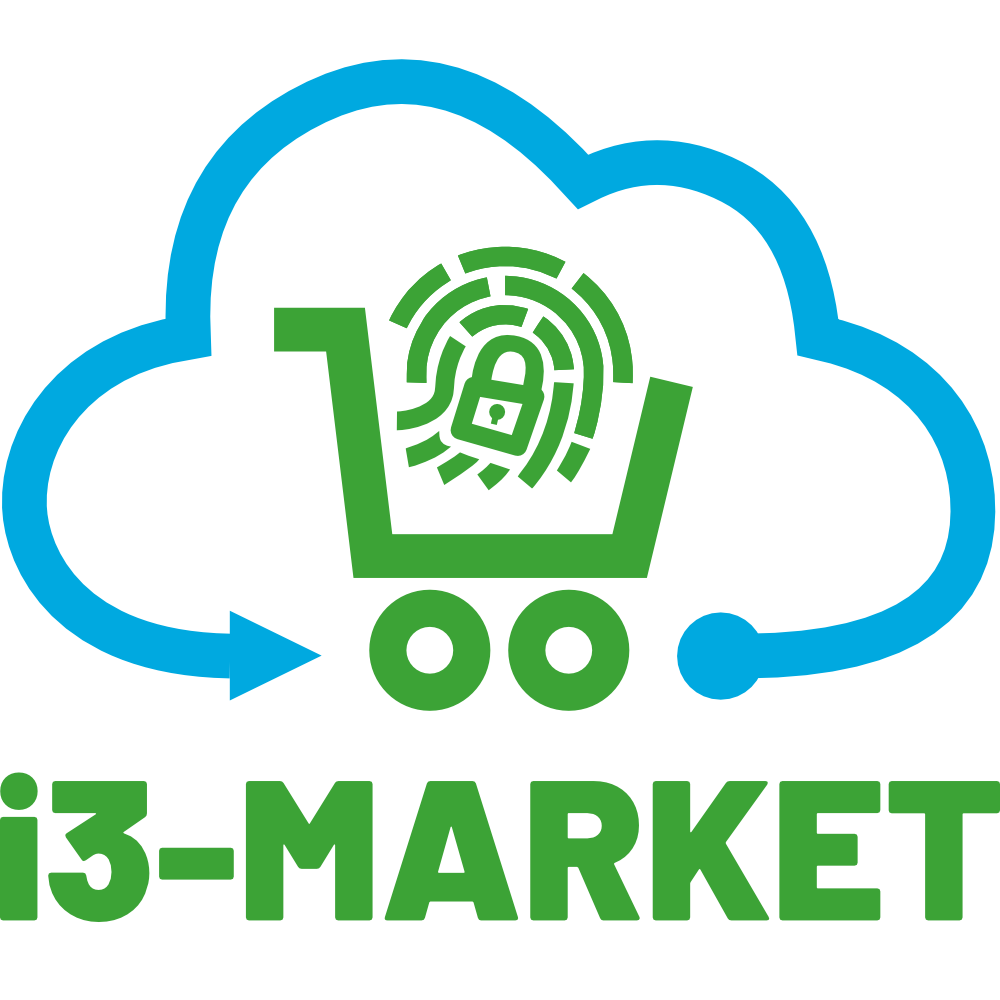Project Details and Motivation
HOPU is a Spanish-based company specialising in manufacturing and deployment of air quality monitoring devices. The manufacturer of this type of device has many features that limit the standardisation of manufacturing, scalability and cost reduction. One of these features is the possibility of product customisation: the HOPU catalogue has several sensors (NO2, O3, CO2, SO2, H2S, VOC, etc.) and different communication technologies (GPRS, NB-IoT, LoRa, etc.), which customers can combine to configure a product. This wide range means that orders are very different and in batches of small units (10-50 units), making it difficult to automate production processes.
With the Lottery project implementation, HOPU has reached that the use of ZDMP tools and services (ZDMP Software Stack and ZApplications) deployed on Manufacturing Servers and CDP from Libelium have an impact on the whole manufacturing process that contribute to reduced assembly times and improved device quality. The figure below it is shown a snapshot of the MiniZDMP Software Stack deployed in Virtual Server allocated in CDP Libelium.

Stock Control Automatization:
With ZAutomaticMaterialOrdering (deployed in our Manufacturing Servers) our usage for this component have consisted on connecting this service with the Api of our ERP server to obtain the stock and make a call to the auxiliary service to send a series of emails to our production department manager, who controls the stock in our ERP.
Manufacturing Automatization:
ZRemoteQC and ZMaterialID have allowed us to automate the manufacturing and quality control processes. Both services have been used in quality control and traceability of product batches arriving at the storage. When a new product arrives, it is labeled with the ZmaterialID component to identify it and it is recorded all the information that corresponds to the suppliers, dates, quality certificates, etc.
Quality Control Automatization:
ZImageAnnotator, AI Analytics Runtime ,Digital Twin and Monitoring and Alerting have allowed us to automate the quality control process that consists of checking the values reported by the devices and that is currently done manually to collect and store all the tests results, quality control results and calibration response.
Besides, HOPU has published a video in which you can see how the different components fit into the purchasing, manufacturing and quality control processes of our company through real examples of use.
ZDMP Fit
The use of services and components such as Digital Twin, AI Analytics Runtime, Monitoring and Alerting, ZMaterialID, ZAutomaticMaterialOrdering, or zImageAnnotator have automated tasks that until now have been performed manually by an operator: the more automatization of this tasks, the more assembly capacity we get, besides the reduction of quality control time and at last an increased manufacturing capacity.
The number of process digitised during the purchasing, manufacturing and quality control processess, this refers to the digitalisation of processes that are currently not recorded digitally and that, thanks to the use of ZDMP services, have been digitalised, allowing the information to be consulted telematically or data to be shared between different applications. Among these processes are the quality control of devices (register where the technician marks the verification of the different elements), making purchases, analysing images of the devices or tracking materials (traceability of certain components thanks to ZMaterialID), generation of alerts, AI validation, and report of lossess statistics.
Therefore, the fit is excellent since the improvements obtained through digitisation contribute directly to the reduction of manufacturing times, the improvement of device quality and, consequently, the achievement of a zero-defect manufacturing process, which is fully aligned with the objectives of the ZDMP project.
Results to Date
At the date of publication of this document, the ZDMP components (i.e. Apps and Software Stack) have been successfully deployed on the HOPU Manufacturing Servers and Libelium CPD. The components have been tested and validated, verifying that they effectively fulfil the purpose established in the initial Lottery project proposal. The next steps focus on integrating these digitalisation services and tools into the ISO9001, ISO14001 and ISO17025 processes implemented at HOPU to align all these processes with the normative and adopted processes, guaranteeing the long-term impact of the results.
Participant Details
- Organisation(s) involved: HOPU:
- Web: https://www.hopu.eu/
- Contact: info@hou.com
- Profile: HOPU is an innovation leader in the Internet of Things (IoT) solutions and Smart Cities. HOPU brings urban innovation such as AI, IoT and Data through key techs-Quality. We engage citizens and decision-makers to guarantee that data is understandable by everybody. HOPU supports urban development and digital transformation through data-powered tools with dashboards and IoT devices to monitor air quality for gases and particulates. Creating IoT sensors and data-driven Smart Environments. HOPU’s main market is environmental monitoring solutions, covering digital services with dashboard and decision support tools based on AI algorithms compatible with reference platforms such as FIWARE / NGSI, CEF Context Broker, Sentilo, oneM2M / OMA LwM2M and LoRa Cayenne.
Environment
The ZDMP – Zero Defects Manufacturing Platform – is a project funded by the H2020 Framework Programme of the European Commission under Grant Agreement 825631 and conducted from January 2019 until December 2022. It engages 31 partners (Users, Technology Providers, Consultants and Research Institutes) with a mission to “Provide the platform, components, services, and marketplace to achieve the right product, at the right time, with the right conditions using the right resources.”. Further information can be found at www.zdmp.eu. ZDMP channels 3.2M€ of SME orientated funding to subprojects, such as this one, to facilitate SMEs with their innovations and increase the value of the ZDMP ecosystem.




